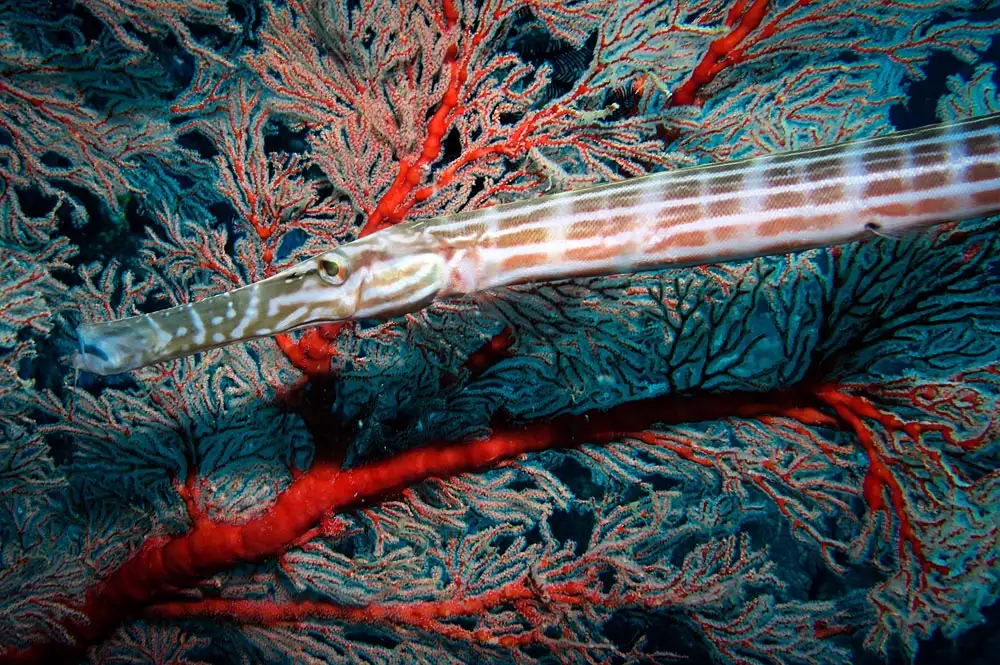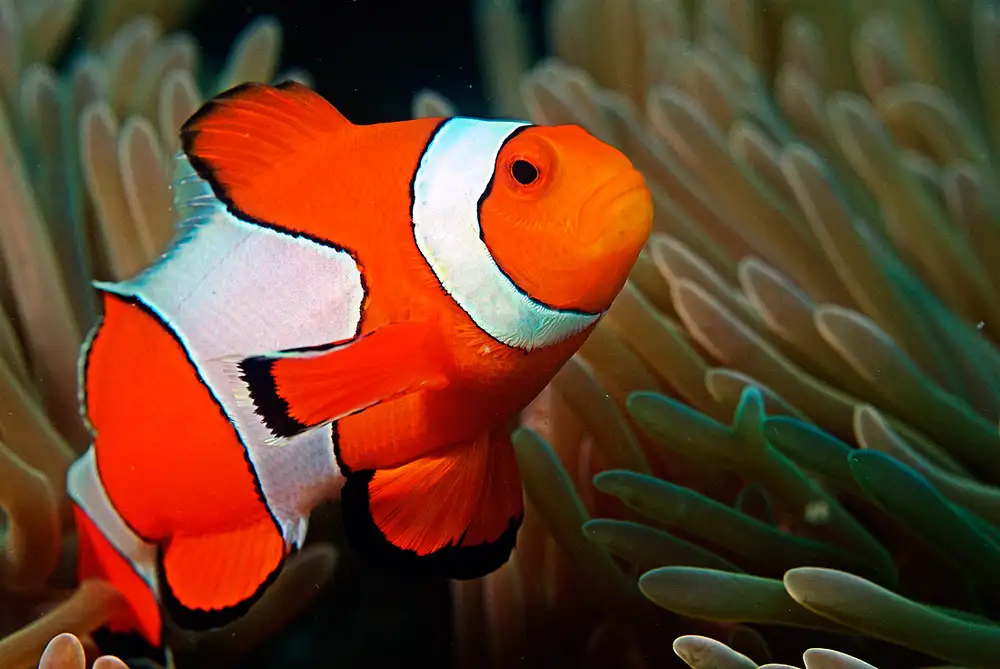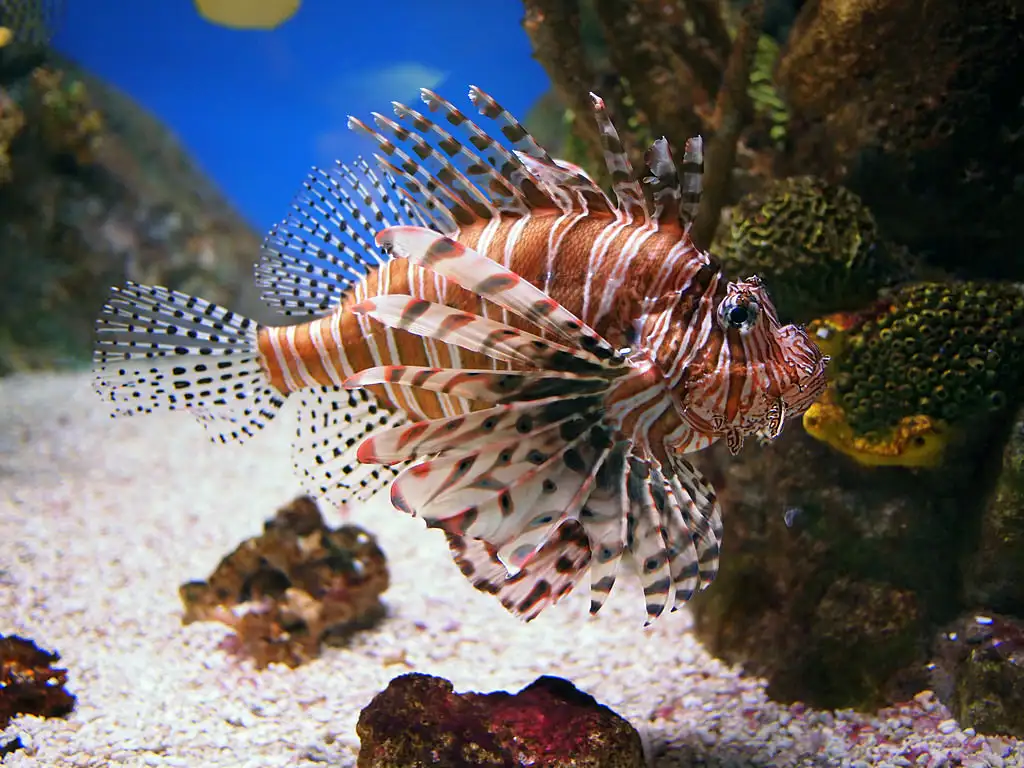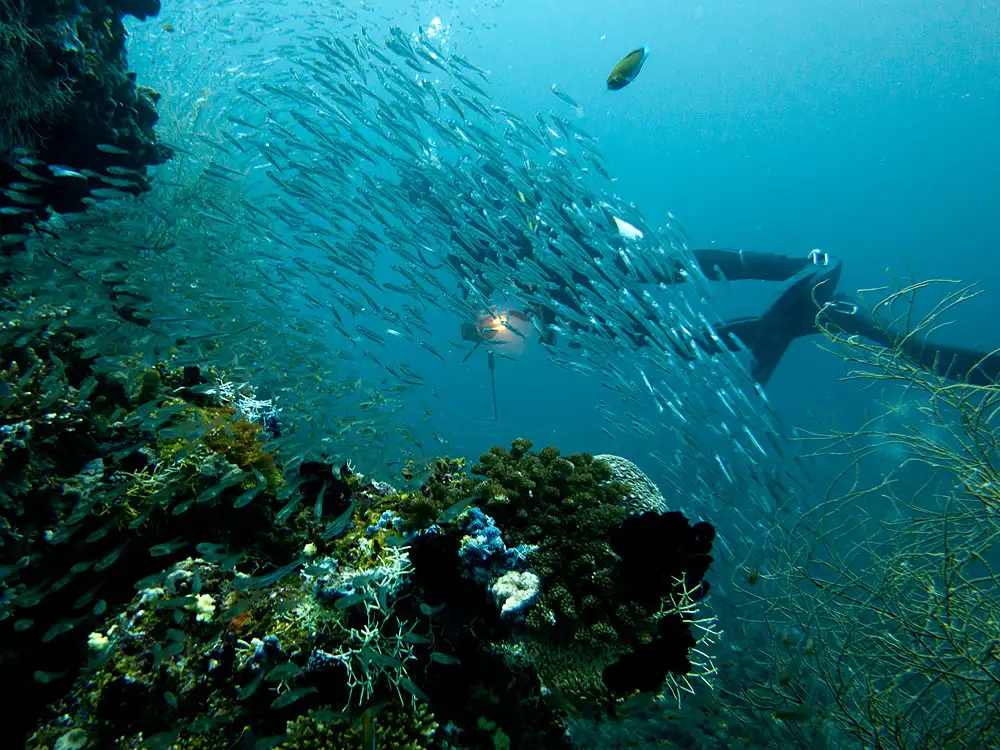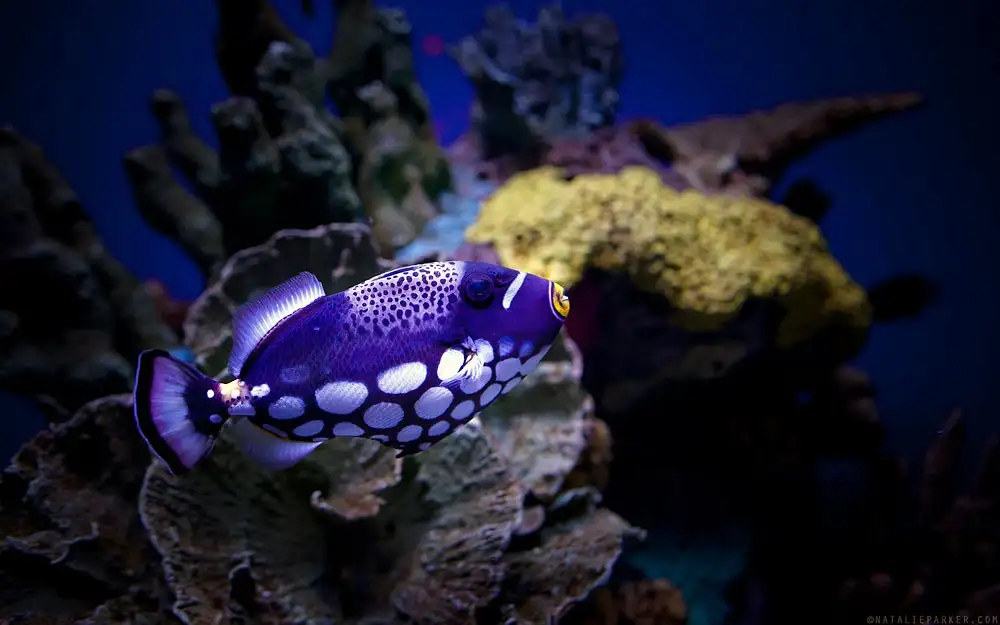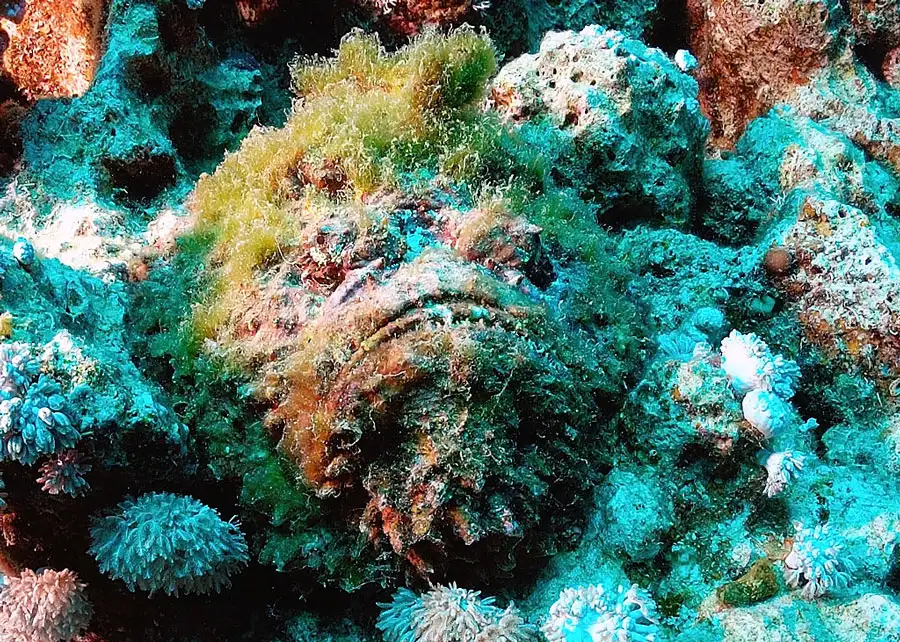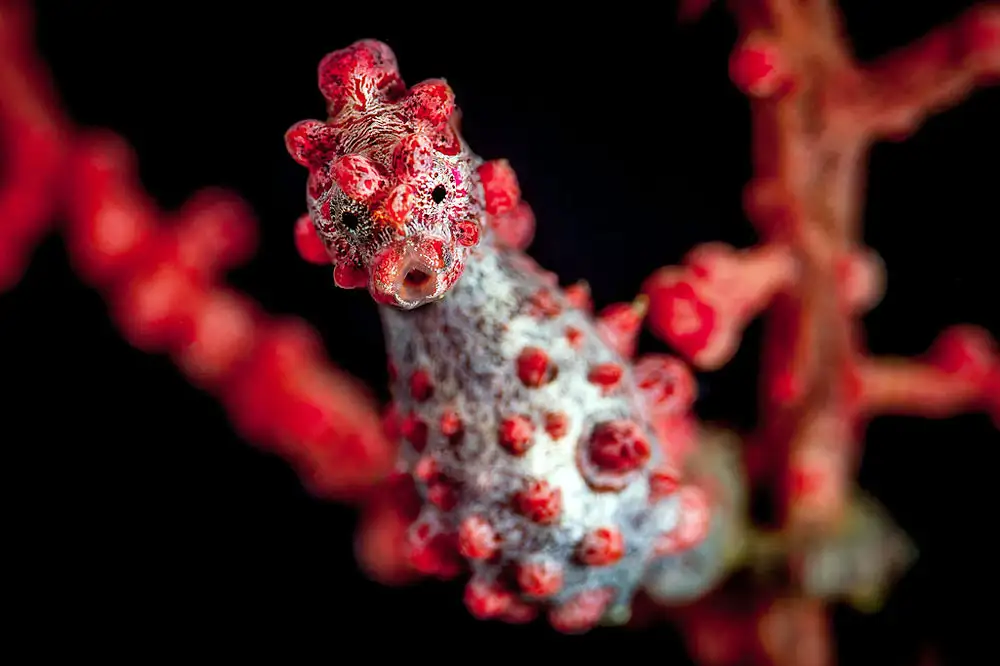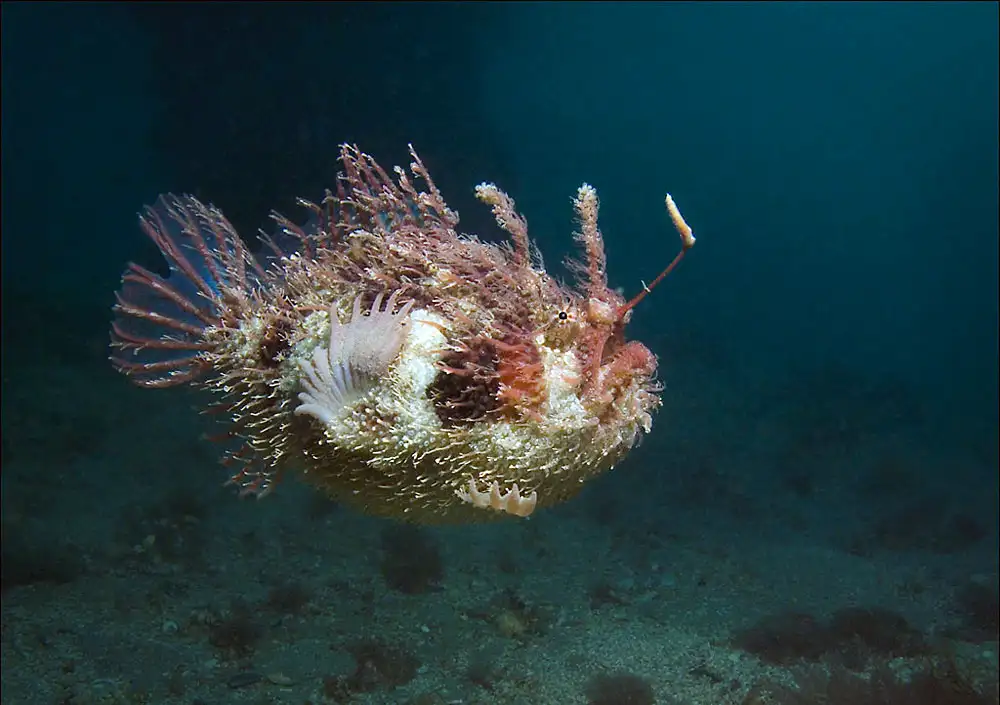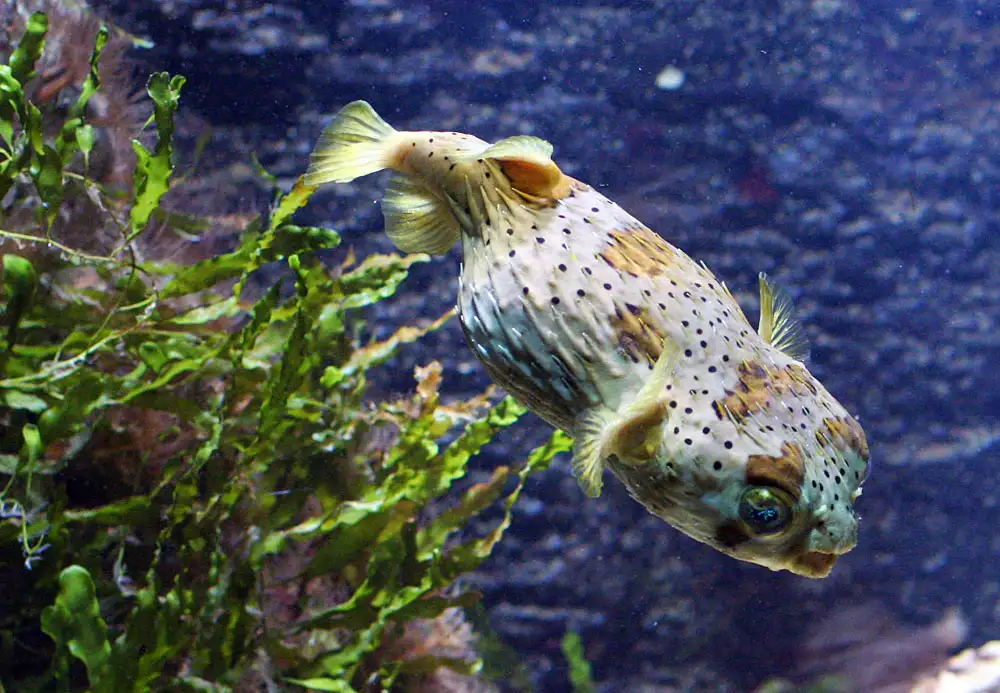Atlantic Trumpetfish
IUCN
LCBasic Information
Scientific classification
- name:Atlantic Trumpetfish
- Scientific Name:Aulostomus maculatus
- Outline:Small fish
- Family:Aulostomidae Aulostomus
Vital signs
- length:Typically 40–80 cm; max ~100 cm
- Weight:Increases with length; below several kilograms
- lifetime:Approx. 6–10 years (wild estimates)
Feature
Elongate body; trumpet snout with suction strike; hovering and vertical crypsis; shadow‑stalking tactic.
Distribution and Habitat
W. Atlantic/Caribbean reefs (2–60 m): slopes, crests, outer walls; seagrass and gorgonian zones.
Appearance
Colour‑changing browns/olives/yellows; fine spots/lines; short spiny + soft dorsal; large pectorals; rounded tail.
Details
Aulostomus maculatus—the Atlantic trumpetfish—belongs to the family Aulostomidae and is a classicstealth ambush predator on Caribbean–western Atlantic reefs. With an extremely elongated body and a longtrumpet‑like snout, it hovers above reefs or stands vertically among gorgonians/seagrass, striking prey with a sudden suction‑feeding burst.
Ecology & Biology
Diet: small reef fishes (wrasses, gobies, juvenile damselfishes) and shrimps/crabs; capture via rapid buccal expansion.
Behaviour: employs shadow‑stalking by sidling up to larger non‑predatory fishes to approach prey; also hides vertically beside sea fans.
Reproduction: pelagic broadcast spawner with planktonic eggs/larvae that settle on reefs.
Identification
Form: very slender, tubular body; long trumpet snout with terminal mouth.
Colour: capable of rapid colour changes (browns, olives, yellows); fine spots/lines; an all‑yellow morph occurs.
Fins: short spiny portion anteriorly on the dorsal fin, followed by soft rays; large pectorals for precise hovering; rounded to truncate tail.
Size & Longevity
Length: typically 40–80 cm, up to about ~100 cm.
Life: roughly 6–10 years in the wild (estimates vary).
Range & Habitat
Tropical western Atlantic/Caribbean: Florida–Bahamas–Bermuda to the Antilles and north‑eastern Brazil. Common on reef slopes, crests, outer walls and in seagrass/gorgonian zones from 2–60 m.
Conservation & People
Threats: habitat degradation, coral bleaching and coastal pollution; minor bycatch and aquarium collection.
Status: populations considered stable where reefs remain healthy; MPAs and reef restoration support prey and habitat.
IUCN: Least Concern (LC) (verify with the latest assessment).
FAQ
Q1. Why “trumpetfish”? The long trumpet‑shaped snout ends in a mouth that can expand rapidly to generate suction.
Q2. Is the all‑yellow form a different species? No—it's a colour morph; individuals can shift among browns/olives/yellows.
Q3. When is it most active? Often visible by day/twilight hovering or shadow‑stalking; nocturnal activity occurs too.
Q4. Dangerous to divers? No—generally shy and non‑aggressive.





